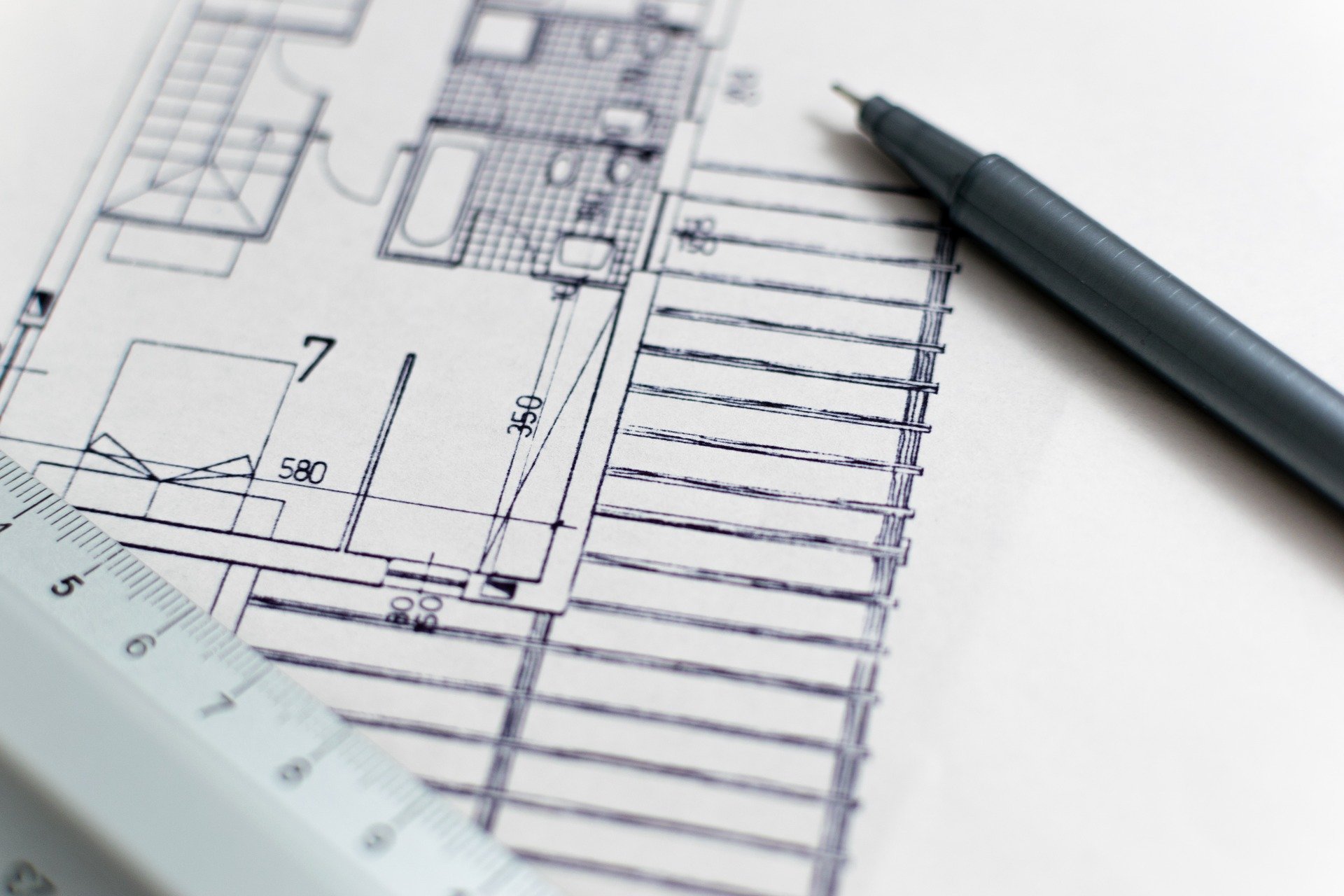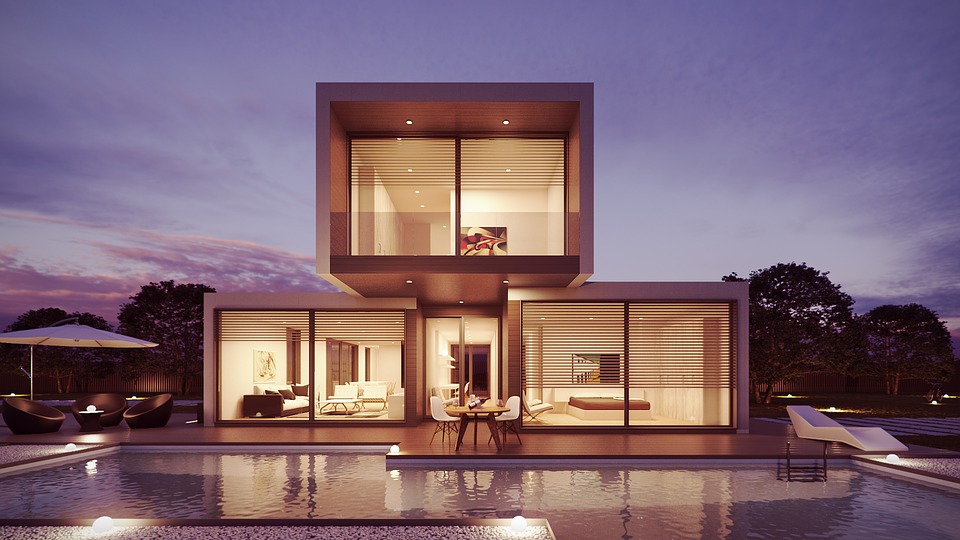Building Visibility for Modern Architects
 Architecture is no longer just about creating stunning buildings—it’s also about being seen by the right clients. Whether you’re designing residential homes or large-scale commercial projects, visibility online is key. That’s where a search engine advertising agency comes in.
Architecture is no longer just about creating stunning buildings—it’s also about being seen by the right clients. Whether you’re designing residential homes or large-scale commercial projects, visibility online is key. That’s where a search engine advertising agency comes in.
Your SEA agency (source: Ihre SEA agentur) that specializes in search engine marketing (SEM) helps your architecture firm appear in front of people searching for services like yours. Through Google Ads and other platforms, they ensure that potential clients see your firm first when they search for “best architect near me” or “modern home design services.” This visibility builds trust, drives inquiries, and strengthens your brand’s presence in a highly competitive field.
Turning Creative Vision into Clicks
Architects are experts in structure and design. Search engine advertisers are experts in strategy and targeting. Together, they can turn creative vision into measurable results.
A good advertising agency studies your firm’s target audience—whether they are homeowners, developers, or corporations—and builds campaigns that match their intent. For example, someone searching “architectural design for office buildings” is at a different stage of the buying process compared to someone searching “how much does an architect cost.” By identifying these user intents, agencies can design specific ad campaigns for each stage, leading to better conversion rates and more qualified leads.
For architecture firms, this means more inquiries from people genuinely interested in working with you. It also allows you to showcase your best projects through visually appealing ad creatives that reflect your brand’s aesthetic and professionalism.
How a Search Engine Advertising Agency Helps Architecture Firms
Search engine advertising agencies bring structure to your digital marketing efforts—just like how architects bring structure to a design. Here’s how they can make a difference:
- Keyword Research and Strategy
Agencies identify the most relevant keywords your potential clients use. They focus on phrases like “architectural design firm,” “green building architecture,” or “residential architect in [city].” This ensures your ads show up for searches that truly matter to your business. - Ad Creation and Optimization
An effective ad isn’t just about words—it’s about connection. The agency writes compelling ad copy that aligns with your brand’s tone and appeals to the client’s emotions. They also continuously test headlines, descriptions, and visuals to find the versions that perform best. - Landing Page Design
Once users click your ad, they need a destination that captures their attention. Agencies help design optimized landing pages that showcase your portfolio, highlight your expertise, and encourage potential clients to reach out. - Budget Management and ROI Tracking
Every ad campaign needs structure and balance—just like a building. Agencies manage your ad spend wisely, ensuring your budget goes to high-performing keywords and audiences. They also track the return on investment (ROI) through clear reports that show what’s working and what needs improvement.
The Power of Data in Design and Marketing
Just like architecture relies on precise measurements, digital advertising relies on data. Every campaign generates valuable insights—how many people saw your ad, how many clicked, and how many became clients.
Search engine advertising agencies use this data to fine-tune campaigns. For instance, if most leads come from a certain city or keyword, they can allocate more budget there. If a particular ad design gets more clicks, they can replicate its success.
This continuous improvement process ensures that your marketing evolves with your audience’s needs. Over time, your architecture firm becomes not only a leader in design but also a recognizable name in the digital space.
From Blueprints to Brand Growth
Think of your advertising strategy as the blueprint for your firm’s online growth. The collaboration between an architecture firm and a search engine advertising agency creates a balance between artistry and analytics.
As an architect, your portfolio reflects years of creativity and hard work. An advertising agency helps bring that to light—showing your work to clients who value design excellence. By combining creative storytelling with precise targeting, they help transform online searches into real-world opportunities.
Whether you’re aiming to attract residential clients or large corporate projects, working with a search engine advertising agency ensures your work gets the attention it deserves. Just as a well-designed building stands the test of time, a well-structured marketing campaign builds lasting visibility and brand authority.





















 The best VR graphics card is an imperative component for one to experience the virtual world. A graphics card is crucial computer hardware. In essence, when placed in a computing hardware, the graphics card generates and renders various graphics, images, and texts on a computer monitor.
The best VR graphics card is an imperative component for one to experience the virtual world. A graphics card is crucial computer hardware. In essence, when placed in a computing hardware, the graphics card generates and renders various graphics, images, and texts on a computer monitor. Virtual Reality – Its Advantages In Architecture
Virtual Reality – Its Advantages In Architecture

 2. Training needed to do work duties will include a good foundation in math as well as in depth knowledge of
2. Training needed to do work duties will include a good foundation in math as well as in depth knowledge of 






 It’s the reverse of the number of organizations operate now, together with the information and IT infrastructure forcing the procedures, which, together with some serendipity, may just adapt to previous changes in the surroundings, and therefore are usually implemented much too late for your company to capitalize on the ecological alterations.
It’s the reverse of the number of organizations operate now, together with the information and IT infrastructure forcing the procedures, which, together with some serendipity, may just adapt to previous changes in the surroundings, and therefore are usually implemented much too late for your company to capitalize on the ecological alterations.


 In case you’ve been tasked with constructing infrastructure for a business which develops online or cellular games; your priority is to maintain the matches running & up with excellent performance. To list a few examples; ensuring all event logs have been correctly set up, these logs are forwarded for analytics, and you’re using scripting tools to handle new games in addition to new software releases.
In case you’ve been tasked with constructing infrastructure for a business which develops online or cellular games; your priority is to maintain the matches running & up with excellent performance. To list a few examples; ensuring all event logs have been correctly set up, these logs are forwarded for analytics, and you’re using scripting tools to handle new games in addition to new software releases.


 Actually most people who lack the photographer’s eye could pass by numerous lanes and by-lanes and mix several buildings before looking twice. However that’s not exactly what an architectural photographer will perform. He’d rather have one great look at the construction and focus his lens. Following
Actually most people who lack the photographer’s eye could pass by numerous lanes and by-lanes and mix several buildings before looking twice. However that’s not exactly what an architectural photographer will perform. He’d rather have one great look at the construction and focus his lens. Following